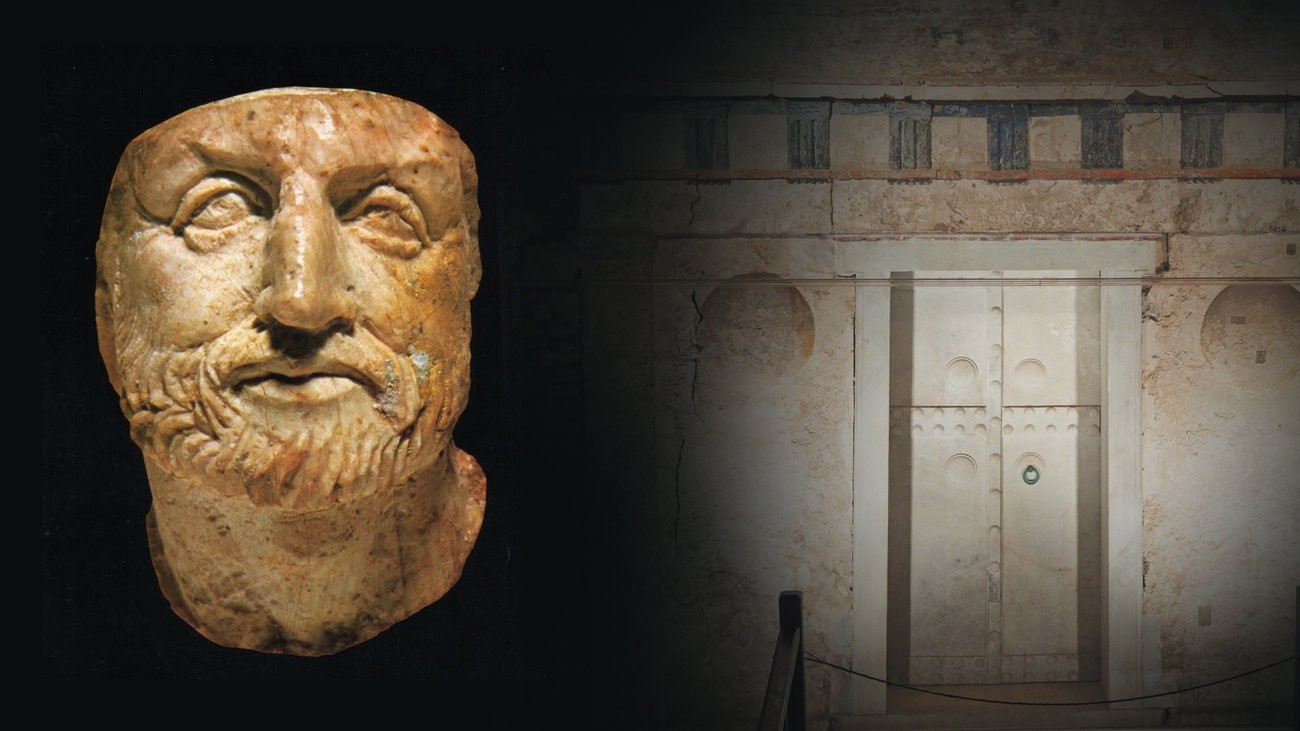King Philip II of Macedon – a general extraordinaire – who transformed Greece into the dominant military power in the Balkans, paving his way for his son Alexander the Great to conquer the known world, was assassinated in 336 BC. His tomb was found in pristine condition in 1977 with the “Vergina Sun” – the symbol etched on his old coffin becoming the emblem of Macedonia.
Historical anthropologist Antonis Bartsiokas of the Democritus University of Thrace says they got the wrong man. He believes that Philip’s bones, the partial skeletons of his 18-year-old queen and his newborn have been locked at a university cupboard for 30 years.
The incomplete skull, jawbone, spine and leg bones were found in a ransacked tomb after the looters escaped with most of the grave goods but left behind a spectacular painting of the god Hades abducting the maiden Persephone.
Initially archeologists thought that the king was buried at the “Tomb of Philip” but a new study has found that he may actually have been buried in the adjacent tomb. Now, other scientists – like Bartsiokas – have come out to state that these were not the right bones.
Ask me anything
Explore related questions






